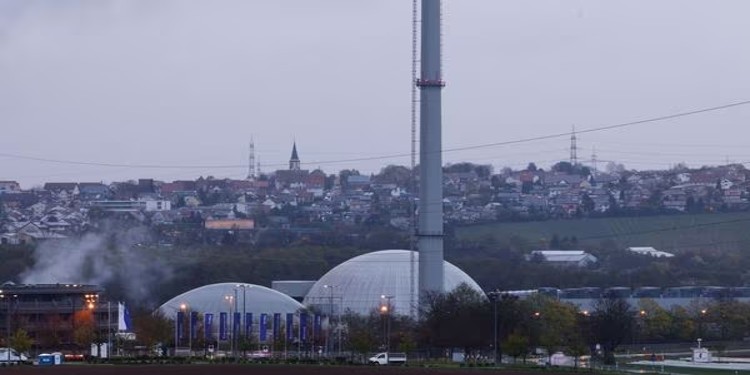In news– Recently, Germany has shut its final three nuclear plants, marking the end of the country’s end of nuclear era that has spanned more than 60 years.
Key updates-
- Germany shut three plants– Emsland, Isar 2, and Neckarwestheim, representing the culmination of a plan set in motion more than 20 years ago.
- During the 1970s, a strong anti-nuclear movement emerged in Germany.
- The movement gave birth to the green party, which is now part of governing coalition.
- However, it was in the 2000s the German government pledged to phase out nuclear power and start shutting down plants.
- But in 2009, a new government came to power and it seemed brief as if nuclear would get a reprieve as a bridging technology to help the country move to renewable energy.
- Then Fukushima happened. In 2011, an earthquake and tsunami caused three reactors of the Fukushima Daiichi power plant to melt down.
- Three days later then-Chancellor Angela Merkel who was previously pro-nuclear, announced Germany would accelerate a nuclear phase-out, with older plants shuttered immediately.
Other countries walking the same way-
- Germany isn’t the only country committed to walking away from nuclear — Italy gave up the technology in 1990, and Lithuania recently struck a deal to dismantle its Soviet-era reactors, which have sat idle for over a decade.
Nuclear is experiencing a resurgence-
- On 16th April 2023, Finland started regular power production at Europe’s newest and biggest reactor.
- The 1,600-megawatt Olkiluoto-3 unit that faced years of delays had been planned to enter commercial production recently.
- France is planning to build at least six new reactors by 2050 as well as experiment with smaller, modular ones.
- The UK has similar ambitions. And even in Japan, after a decade of paralysis following the nuclear accident in Fukushima, the public is warming up to the use of nuclear power.
- The Japanese government wants to restart reactors that have sat idle since the disaster and to extend the lifespan of existing units.
What is Fukushima nuclear disaster?
- On 11 March 2011, a nuclear accident occurred at the Fukushima Daiichi Nuclear Power Plant in Ōkuma, Fukushima, Japan.
- The proximate cause of the disaster was the Tōhoku earthquake and tsunami, which remains the most powerful earthquake ever recorded in Japan.
- The earthquake triggered a powerful tsunami, with 13- to 14-meter-high waves damaging the nuclear power plant’s emergency diesel generators, leading to a loss of electric power.
- The result was the most severe nuclear accident since the Chernobyl disaster in 1986, classified as level seven on the International Nuclear Event Scale (INES) after initially being classified as level five, and thus joining Chernobyl as the only other accident to receive such classification.














